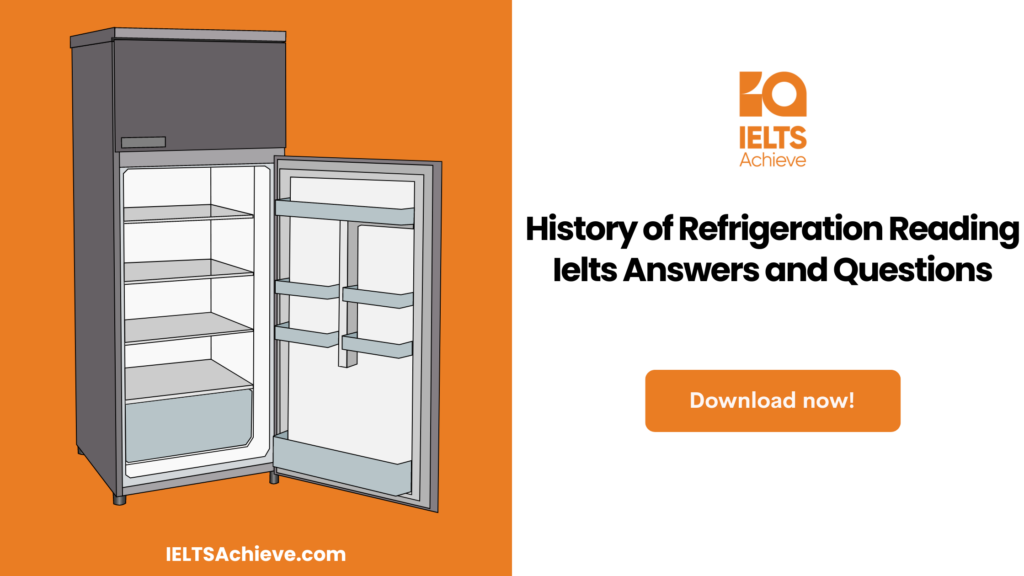
READING TEXT 2
The following text is from Medical Futurist.
You should spend about 20 minutes on Questions 14-26, which are based on reading text 2.
Robotics in Healthcare – Get ready!
While there are concerns about machines replacing people in the workforce, the benefits are tempting. Imagine how a machine that doesn’t need sleep or food, doesn’t have prejudices that we humans so often have could change the way we treat people who are sick and vulnerable. With some preparation and forethought, we can make sure the human touch stays relevant in medicine while taking advantage of our metallic allies. For this reason, here are some interesting examples of robotics in healthcare.
Surgery is an unpleasant experience at best. The waiting lists can be long depending on available manpower and resources. daVinci helps alleviate the problem. It has been used in a wide variety of fields from head and neck to urologic surgery. The surgeon is in complete control of the system at all times, however as the machine has greater reach and flexibility, smaller incisions made with more precision are enough to access the problem areas.
During a hospital stay, patients interact with nurses the most. They draw blood, check your vital signs, check on your condition and take care of your hygiene if needed. They are often overwhelmed by physically and mentally daunting tasks, and the result is often an unpleasant experience for everyone involved. Robotic nurses will help carry this burden in the future. They are designed to be able to carry out repetitive tasks. This way the staff has more energy to deal with issues that require human decision-making skills and empathy. Certain robots can even take your blood sample.
But robotics in healthcare is so much more than drawing blood. With a remote controlled robot, such as the ones developed by Anybots Inc caretakers can interact with their patients, check on their living conditions and the need for further appointments. This would help efficiency a great deal by eliminating the time-consuming home visits. Companies producing and the ones maintaining the system will have to make great efforts to alleviate privacy concerns. As with every such device, it must be near impossible to access for non-authorized personnel. With the proper safeguards in place, these robots can greatly improve the lives of caretakers and patients alike.
Chances are you have been in a situation before where, if an accident were to happen, medical professionals would not have been able to reach you in time. To some of us in the developed world, it’s a rare occurrence. But even in 2016 billion live outside of the reach of conventional emergency services. With InTouch Health, patients in remote areas have access to high-quality emergency consultations for stroke, cardiovascular, and burn services. On the patient’s side, it can be accessed on a tablet or personal computer, and clinicians can also use the same type of devices as best suits their needs.
You have seen them in movies, taken advantage of them in video games and now they are here for real: exoskeletons. With the help of these devices paralysed people can walk, rehabilitation of stroke or spinal cord injury patients. They can enhance strength in order to allow a nurse to lift an elderly patient. While they have many exciting uses, it’s important to remember that currently, they are costly to make and power, so at least at first they will not be available for everyone. Although, in some cases, insurance companies had to cover the costs. Because of this, it has the potential to deepen already existing social and economic inequalities. Decision makers have to lay the groundwork to regulate the use of such devices. They will have to stay up to date on their capabilities to prevent misuse.
The great thing about robots is that they can be built to be so durable that they can overtake tasks that for humans would be simply too dangerous. Take Petman for example: designed for testing chemical protection clothing. It moves freely and can even adjust suit temperature and simulate sweating to provide realistic conditions.
Such solutions not only minimise the risk to human testers, in the long run, mechanisation of the supply chain makes production cheaper as well. Robots don’t need vacations, to eat or sleep. With a new generation of them more sturdy, agile and flexible than ever they increase productivity in all kind of factories.
Hospital acquired infections (such as MRSA) are among the leading causes of death in the US. According to CDC statistics used by Xenex show that in the United States, 1 in every 25 patients will contract an HAI. Of those, 1 in 9 will die. In addition to the human cost, it takes its toll financially as well. These infections cost more than $30 billion dollars a year. Xenex, a Texas-based company produces a unique robot. It uses high-intensity ultraviolet light to disinfect any space in a health care facility quickly and efficiently. The Xenex Robot is more effective in causing cellular damage to microorganisms than other devices designed for disinfection. It reduces the number of hospital-acquired infections. It’s yet another example of how robotics in healthcare helps hospital staff to decrease workload and will lead to a much friendlier environment.
As with nurses, pharmacists are burdened with tasks that could be eliminated by utilising the advancing robotics in healthcare. Heavy lifting, as always, is a big help, but a robot could process information much faster and much more accurately than humans. This way it could make more precise recommendations after sifting through the patient’s available medical data. Pharma dispensers could work as an ATM does, so no matter time of day patients can get access to their prescriptions. If robots were used for such tasks, pharmacists would have the time and the incentive to participate in the social aspect of healing: educate people of preventive measures, give practical advice and therefore make sure that healthcare truly becomes caring.
Questions 14-17
Do the following statements agree with the claims of the writer in text 2?
In boxes 14-17 on your answer sheet, write
- YES – if the statement agrees with the views or claims
- NO – if the statement contradicts the views or claims
- NOT GIVEN – it is impossible to say what the writer’s views/claims are
14. Governments should do more to ensure that Robotics are readily available in the hospital systems.
15. Surgical procedures can be enhanced.
16. In the future, the healthcare system will increase its dependency on robots.
17. Hospitals in the United States reported that infections caught in hospital care cost the nation over 50 billion each year.
Questions 18-21
Complete the sentences below.
Choose ONE WORD ONLY from the text for each answer.
Write your answers in boxes 18-21 on your answer sheet.
18. In the future, medical robots will provide many ………………………… in the health care system.
19. Some machines or robotics will use data to increase …………………………………
20. With help from ………………………………… many people can walk.
21. Many robots can perform tasks that people cannot because they are too ………………………….
Questions 22-26
Look at the following names and list of statements below.
Match each name with the correct statement, A-H.
Write the correct letter, A-H, in boxes 22-26 on your answer sheet.
22. daVinci
23. Anybots Inc
24. InTouch Health
25. Petman
26. Xenex
List of Findings
A. Can perform autonomous head and neck surgery.
B. Provide specialist equipment for surgical procedures that give accurate lacerations.
C. Develop robots that can take blood.
D. Make health care workers that can investigate on patients easily.
E. Can offer healthcare services to those who live in remote places.
F. Can assist in lifting patients with spinal cord injuries.
G. Can perform jobs that are too risky for humans.
H. Ensures that spaces are kept clean, safe from the spread of epidemic particles.
If you need help to answer these questions with extra practice please read the posts below >>
Answers >>
Questions 14-17
14. Not Given
15. Yes
16. Yes
17. No
Questions 18-21
18. benefits
19. efficiency
20. exoskeletons
21. dangerous
Questions 22-26
22 – B
23 – D
24 – E
25 – G
26 – H
Part One of Academic Reading Test 2
Part Three of Academic Reading Test 2
We hope you found this post useful in helping you to study for the IELTS Test. If you have any questions please let us know in the comments below or on the Facebook page.
The best way to keep up to date with posts like this is to like us on Facebook, then follow us on Instagram and Pinterest.
If you need help preparing for the IELTS Test, join the IELTS Achieve Academy and see how we can assist you to achieve your desired band score. We offer an essay correction service, mock exams and online courses.
You may also be interested in >>

How To Improve Your Reading Skills
Prepare well for your IELTS Reading Test and learn how you can improve your reading skills in this post >>

Learn how to understand the IELTS Reading Band Scores in this post >>

Take a look at our top 5 reading tips and see how you can improve your reading band score in preparation for your IELTS Reading Test >>

Prepare for the IELTS Reading Test by learning how to speed read and practice with an exercise in this post >>

Understanding Opinion And Attitude
IELTS Reading Test preparation – Learn how to understand the writer’s opinion and attitude in this post >>

Learn how you can improve your skimming and scanning skills for the IELTS Reading Test in this post >>

Learn about the IELTS Reading Test looking at true, false, not given / yes, no, not given questions . You can practice with questions in this post >>

Learn about the IELTS Reading Test looking at multiple choice questions. You can practice with questions in this post >>

Learn about the IELTS Reading Test looking at matching features. You can practice with questions in this post >>

Learn about the IELTS Reading Test looking at matching sentence endings. You can practice with questions in this post >>


